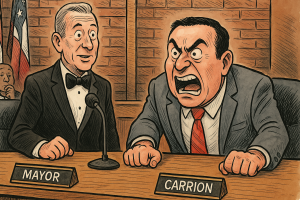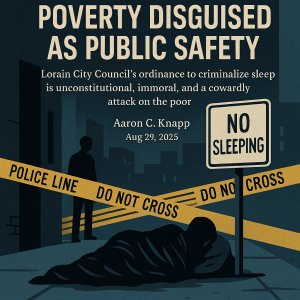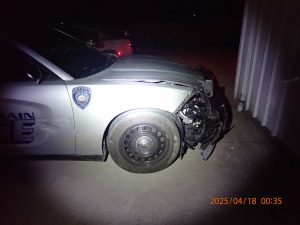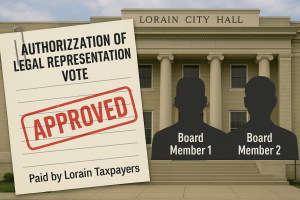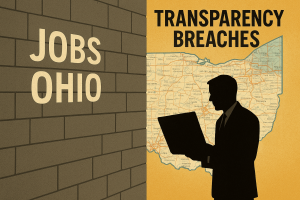When Signs Overstay Their Welcome: Election Signage Woes in Lorain, Ohio
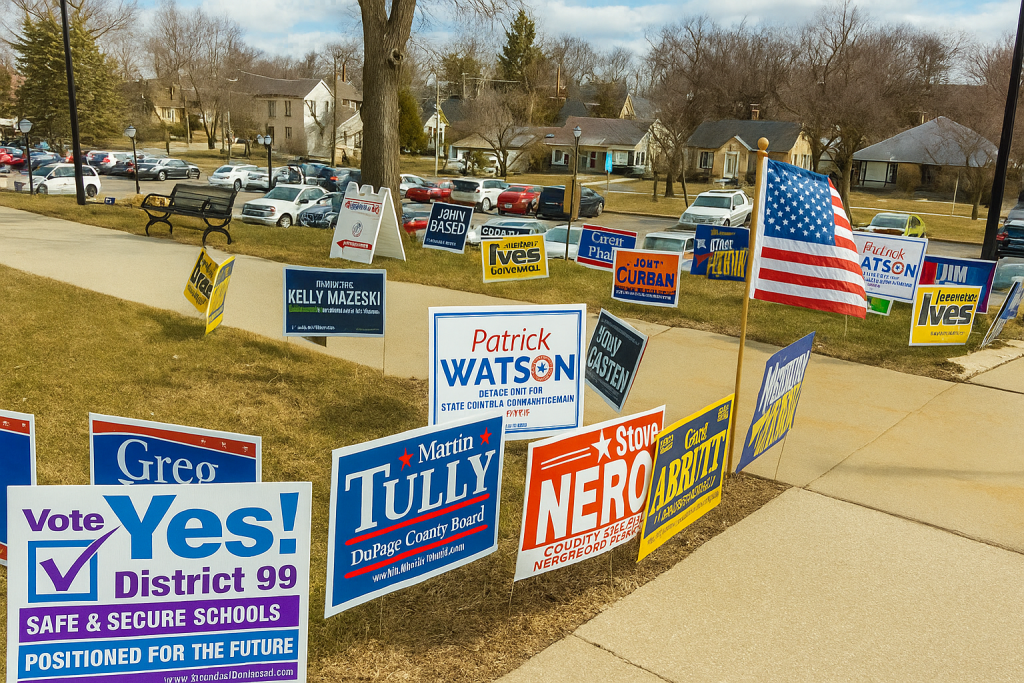
By Aaron C. Knapp
Apr 21, 2025
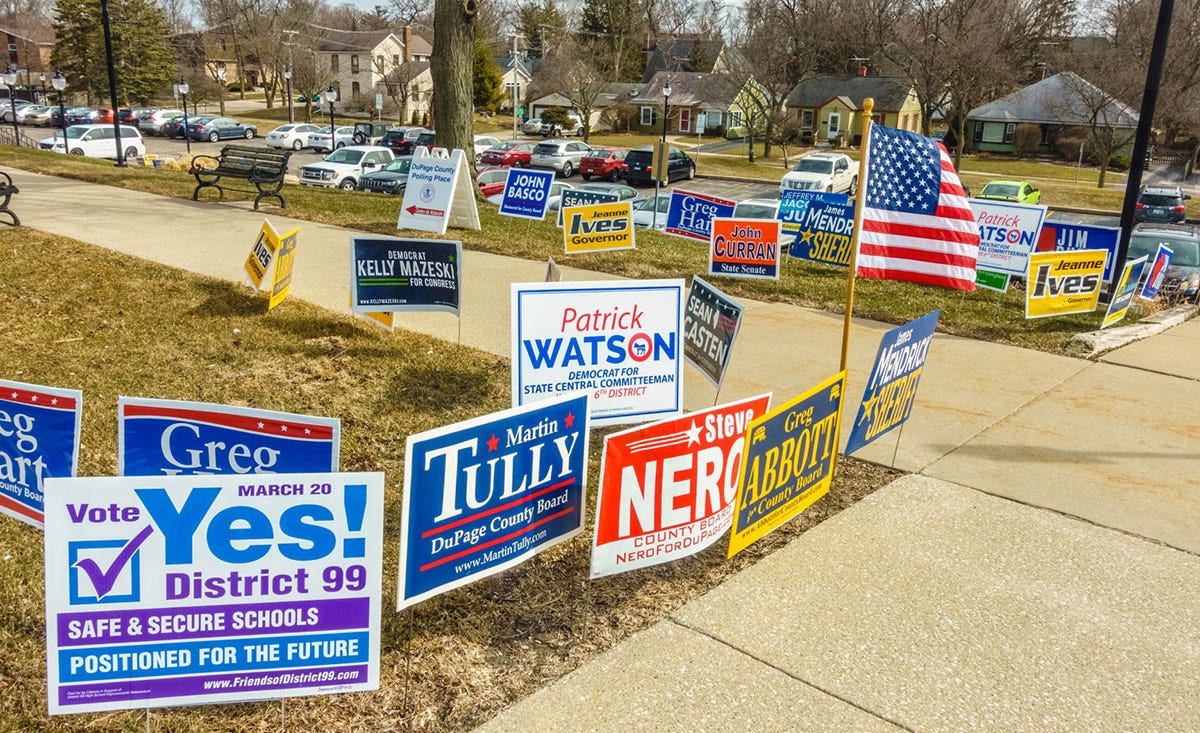
Persistent Post‑Election Clutter
Election night may mark the moment votes are cast, but for political placards the season stretches far beyond. Signs meant to vanish within a week of the vote instead endure for weeks or months, their colors faded, frames bent, and messages illegible. Streetscapes that once buzzed with campaign energy become de facto sign graveyards—tangled wire frames and splintered plywood a daily eyesore.
Thanks for reading Aaron’s Substack! Subscribe for free to receive new posts and support my work.
Lorain’s own ordinance stipulates a strict removal deadline: every political sign must come down no later than seven days after the election (Table 1151.03) American Legal Publishing. Yet year after year, expired signs line sidewalks, clog ditches, and clutter yards. The civic pride that fuels campaigning is quickly replaced by neighborly annoyance.
Beyond aesthetic concerns, these derelict signs pose tangible hazards. They can blow into traffic, obstruct pedestrian pathways, or crash into utility lines during storms. Under Chapter 1151’s general provisions, any sign that “is in disrepair for more than sixty days” must be removed at the owner’s expense—but enforcement is rare City of Lorain.
Amherst Township’s police department has even fielded complaints about campaign signs being taken—or defaced—by unauthorized parties, then tossed aside on public or private property Log in or sign up to view. Such secondhand damage compounds the clutter, as residents find their own signs shredded along roadways.
Five and a half years ago the Lorain County Board of Elections outright banned signage on its grounds after voter complaints about “sheer number” and safety risks Chronicle Telegram. That ban, born of one contentious cycle, did nothing to curb the proliferation city‑wide. Instead, the problem metastasized across residential blocks and commercial corridors alike.
Nearby Elyria experienced its own saga when a homeowner posted a large vulgar protest sign about permitting rules. The display lasted a full week before authorities brokered its removal, underscoring how even non‑political displays exploit code ambiguities WKYC.
Meanwhile, a state‑wide Misdemeanor offense exists for stealing or vandalizing lawfully placed signs, yet municipalities rarely pursue such charges, preferring to wait on voluntary compliance 10TV. The net result: a seasonal glut of neglected signage that remains long after the civic fervor has passed.
Code vs. Reality: The Ordinance on Paper
On paper, Lorain’s sign code balances free speech with public safety. Section 1151.03 exempts rigid‑frame or wire‑frame yard signs up to eight square feet (displayable within 60 days pre‑vote, removable within seven days post‑vote) American Legal Publishing. These temporary signs bypass permitting, yet must still adhere to setback, visibility, and construction‐quality standards.
Chapter 1151.04(d) goes further, prohibiting the use of vehicles as stationary signs within 50 feet of any street right‑of‑way—unless they qualify under narrow exceptions (making deliveries, out‑of‑sight overnight parking, etc.) American Legal Publishing. Hand‑lettered plywood on a parked pickup thus crosses the line into “prohibited sign” territory the moment the engine stops.
The code also bans homemade permanent signs outside of wire‑frame temporary allowances, mandating a professional character for all stationary displays (§ 1151.02(c)(1)) American Legal Publishing. Yet the vehicle exemption has been widely interpreted as a free pass for candidate trucks—and few residents challenge it.
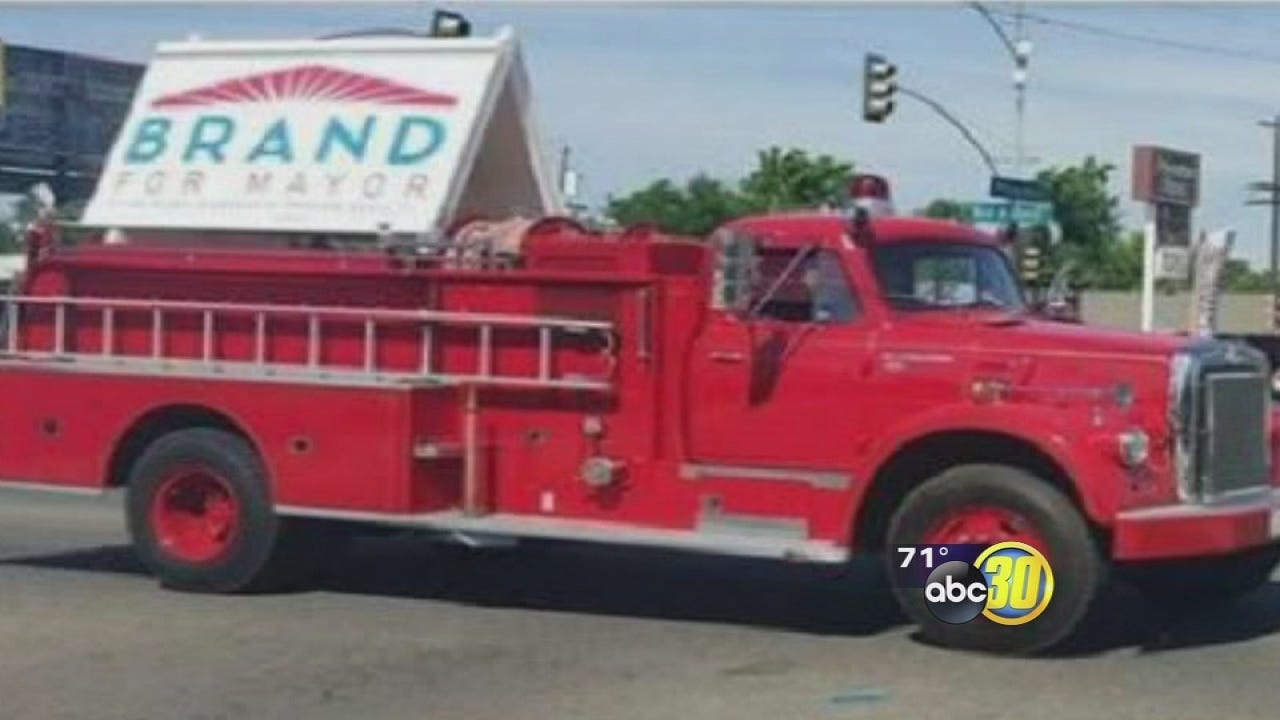
Illumination and movement restrictions aim to prevent distractions: no blinking, scrolling, or flashing lights on temporary signs (§ 1151.02(i)) American Legal Publishing. In reality, campaign teams routinely flout these rules, turning portable digital signs into mini‑billboards.
Setback requirements—15 feet from street ROW, 1 foot from lot lines, 10 feet from residential districts—are similarly ignored, as volunteers hastily plant signs without measuring wheels or the zoning code at hand (§ 1151.02(d)) American Legal Publishing.
Temporary signs beyond the 60‑day window require zoning permits (§ 1151.05)—but municipal permits are cumbersome, expensive, and seldom enforced for political signage American Legal Publishing. This disincentive drives campaigns to treat every sign as a low‑risk, high‑visibility tactic.
Ultimately, the gulf between the code’s intent and its enforcement renders many provisions moot. On‑the‑ground realities—volunteer manpower, political urgency, weather delays—consistently outpace legal requirements, leaving Lorain’s streets awash in expired campaign debris.
Local Case Studies: Enforcement in Action
When theory meets practice, enforcement usually falters. In Amherst Township, officers recorded complaints of unauthorized volunteers removing signs—sometimes entire campaigns’ worth—only to discard them elsewhere, creating blight rather than order Log in or sign up to view.
The Lorain County Board of Elections’ sign ban—passed in May 2018—prohibits any candidate or campaign signs within 100 feet of its entrance, after voters objected to piles of placards obscuring safety signs Chronicle Telegram. That early reform, though well‑intentioned, did not translate into wider municipal follow‑through.
In Elyria, a dispute over property modifications led to a vulgar plywood banner that remained for an entire week, challenging the city’s capacity to enforce obscene or non‑political displays under its general offense code WKYC.
Across Lorain County, the Columbus Dispatch notes that while state law protects sign placement on private property, it also bars signs in public rights‑of‑way—yet no single agency owns the responsibility to remove or cite violations, leading to jurisdictional gaps The Columbus Dispatch.
On one corner, you might find a candidate’s professionally printed sandwich board—permitted within the downtown district for business hours only. A block away, hand‑painted slogans cling to a parked truck frame, violating both the prohibition on vehicles as signs and the homemade requirement.
Occasionally, code enforcement officers will issue a 30‑day notice to remove damaged or non‑conforming signs (§ 1151.09). If ignored, the city can summarily remove them and lien the property—yet this dramatic step rarely occurs for political signage City of Lorain.
Repeat offenders—those who leave signs up election after election—face minimal consequences beyond removal notices. There is no graduated fine schedule or public “hall of shame” for non‑compliant campaigns.
In short, while Lorain can point to clear statutes and tables in Chapter 1151, ground‑level implementation remains sporadic. Community volunteers call in complaints, code staff juggle competing priorities, and politicians move on—leaving the detritus behind.
Conclusion: Toward Cleaner Campaign Seasons
Election signage should be a brief flash of democracy, not a year‑long stain on our streets. Lorain’s code offers a detailed roadmap for responsible sign usage, yet without consistent enforcement, its promise remains unfulfilled. We urgently need:
Stronger follow‑through on removal notices, up to and including lien placement for recalcitrant campaigns.
Clear delegation of responsibility—whether to code enforcement, public works, or community volunteers—to remove expired or illegal signs.
Public education driven by the Board of Elections and city departments, reminding campaigns of the 60‑/7‑day window and professional‑quality standards.
Routine “sign sweeps” post‑election, mobilizing community groups and school organizations to reclaim rights‑of‑way and parks.
Only by aligning ordinance with action can Lorain transform its post‑election detritus into a showcase of civic pride. Let’s hold our candidates—and ourselves—to the rules on the books, ensuring our neighborhoods reflect our democratic values, not our political debris.
If you’re tired of turning down a cluttered driveway each morning, join me in demanding accountability—and a cleaner, safer campaign season for every Lorain resident.
Thanks for reading Aaron’s


